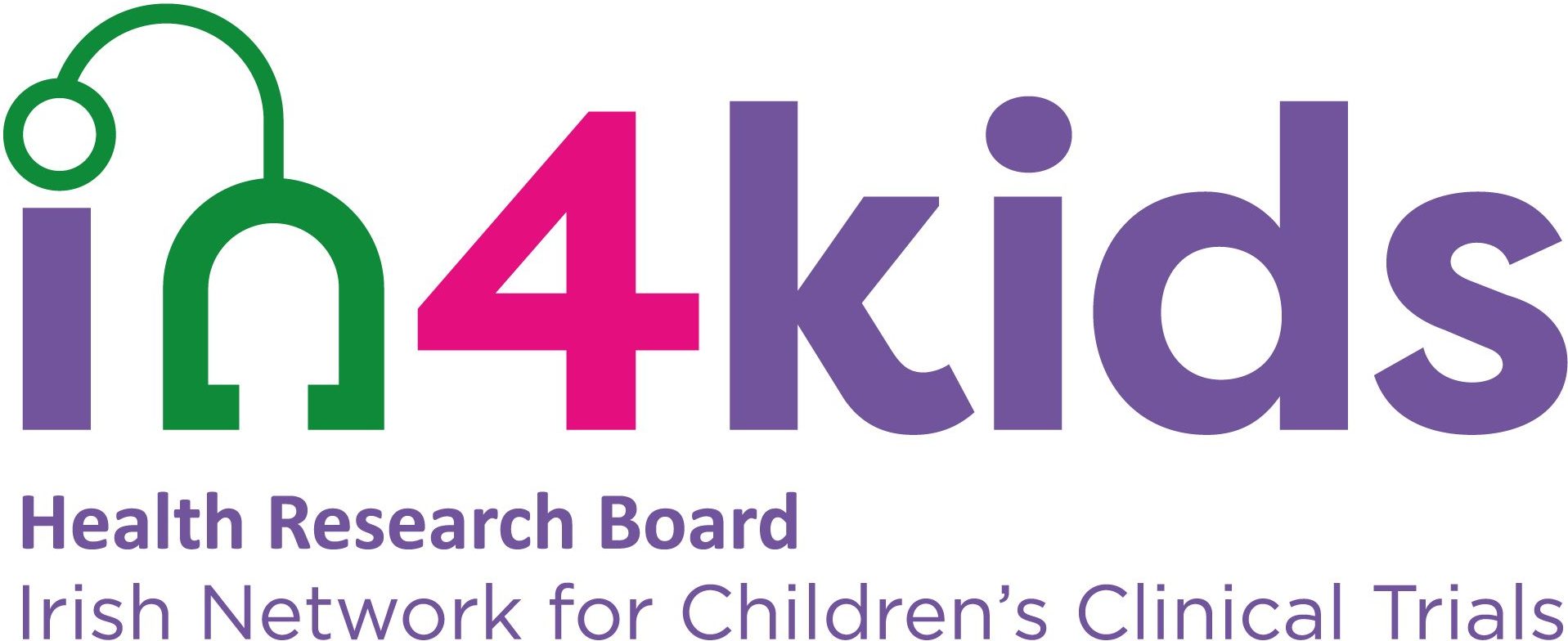Cerebral Palsy Glossary
S
Seizure
Abnormal bursts of electricity in the brain resulting in changes in behavior, consciousness, and involuntary movement. They can be categorised as partial or generalised. A partial seizure only effects one area or one side of the brain. Several different types of partial seizures include: Focal Motor (simple partial), Sensory, Autonomic, and Psychomotor (temporal lobe) Seizures. Generalised seizures are where both sides of the brain are effected. Several different types of generalised seizures are: Absence (petit mal), Tonic-Clonic (grand mal), Infantile Myoclonic (infantile or jackknife), Febrile, and Atonic (Akinetic) Seizures.
Selective Dorsal Rhizotomy
A neurosurgical procedure involving cutting nerves in the spine to reduce tightness in muscle groups.
Sensory Integration
The neurological process that organises sensation from one’s own body and the environment, thus making it possible to use the body effectively within the environment. Specifically, it deals with how the brain processes multiple sensory modality inputs into usable functional outputs.
Subluxation
Partial dislocation of any joint. Ex: when the ball of that connects with the hip socket slowly pulls partially out of position.
